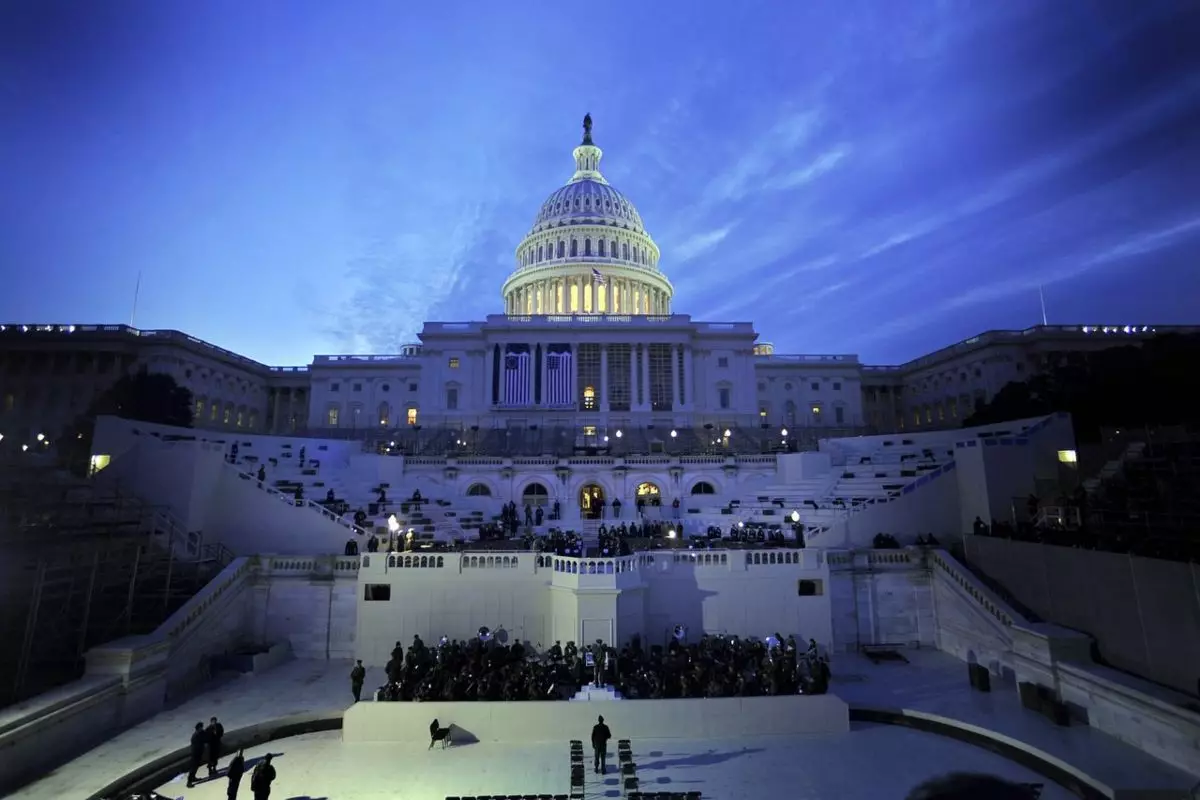The United States is making significant strides in reaching a bipartisan agreement on the regulation of stablecoins. Lawmakers from both the Republican and Democratic parties have shown a willingness to work together in establishing comprehensive regulatory frameworks for stablecoins and cryptocurrency markets. This article delves into the evolving consensus among lawmakers and the potential impact on the industry.
Republicans in the Financial Services Committee have shown their support for a state-by-state approach to regulating stablecoins. This approach would grant individual states the authority to establish their own regulatory frameworks. While this may initially seem like a significant divergence from Democrats’ stance, it is not expected to impede the progress of the proposed bill. Both Republicans and Democrats share the common goal of preventing a “race to the bottom” when it comes to safeguarding fiat-backed digital currencies.
The House Financial Services Committee has rescheduled the vote on stablecoin regulation legislation, indicating the evolving consensus among lawmakers. The new timeline allows for further deliberation and consensus-building among committee members. Representative James French Hill, a Republican from Arkansas, highlighted the desire to establish a regulatory framework for stablecoins at the state level while also acknowledging the need to prevent a race to the bottom. The current version of the bill grants the US Federal Reserve the power to enforce or review stablecoin regulations, aligning with Federal Reserve Chairman Jerome Powell’s previous support for the central bank’s involvement in regulating payment tokens.
Representative Jim Himes, a senior Democrat on the Financial Services Committee, expressed similar sentiments during an event hosted by the Atlantic Council. Despite the ongoing debate on state and federal policies, Himes remains confident that this disagreement would not hinder the passage of the bill. Both Himes and French Hill hope to see comprehensive regulatory frameworks for stablecoins and crypto markets in the US by the end of July. This shared commitment and willingness to compromise is a significant step towards bipartisan agreement.
If the bill successfully passes the vote in the House Financial Services Committee, it will move on to the Senate, where the Democratic majority’s approval will be required. Additionally, the bill must receive acceptance from the Biden administration to become law. The proposed legislation grants the Commodity Futures Trading Commission (CFTC) broader oversight over cryptocurrencies compared to the US Securities and Exchange Commission (SEC). This shift in regulatory power could have a substantial impact on the current regulatory landscape for the industry.
After initial disagreements, Republicans and Democrats in the United States are now on a path towards bipartisan agreement on stablecoin regulation. Lawmakers have demonstrated a willingness to compromise and address concerns from both sides, marking significant progress in the establishment of comprehensive regulatory frameworks for stablecoins and crypto markets. The rescheduled vote in the House Financial Services Committee reflects the evolving consensus and the anticipation surrounding the bill’s potential passage. However, the fate of the bill will ultimately depend on Congressional approval and the Biden administration’s stance on stablecoin regulation.

